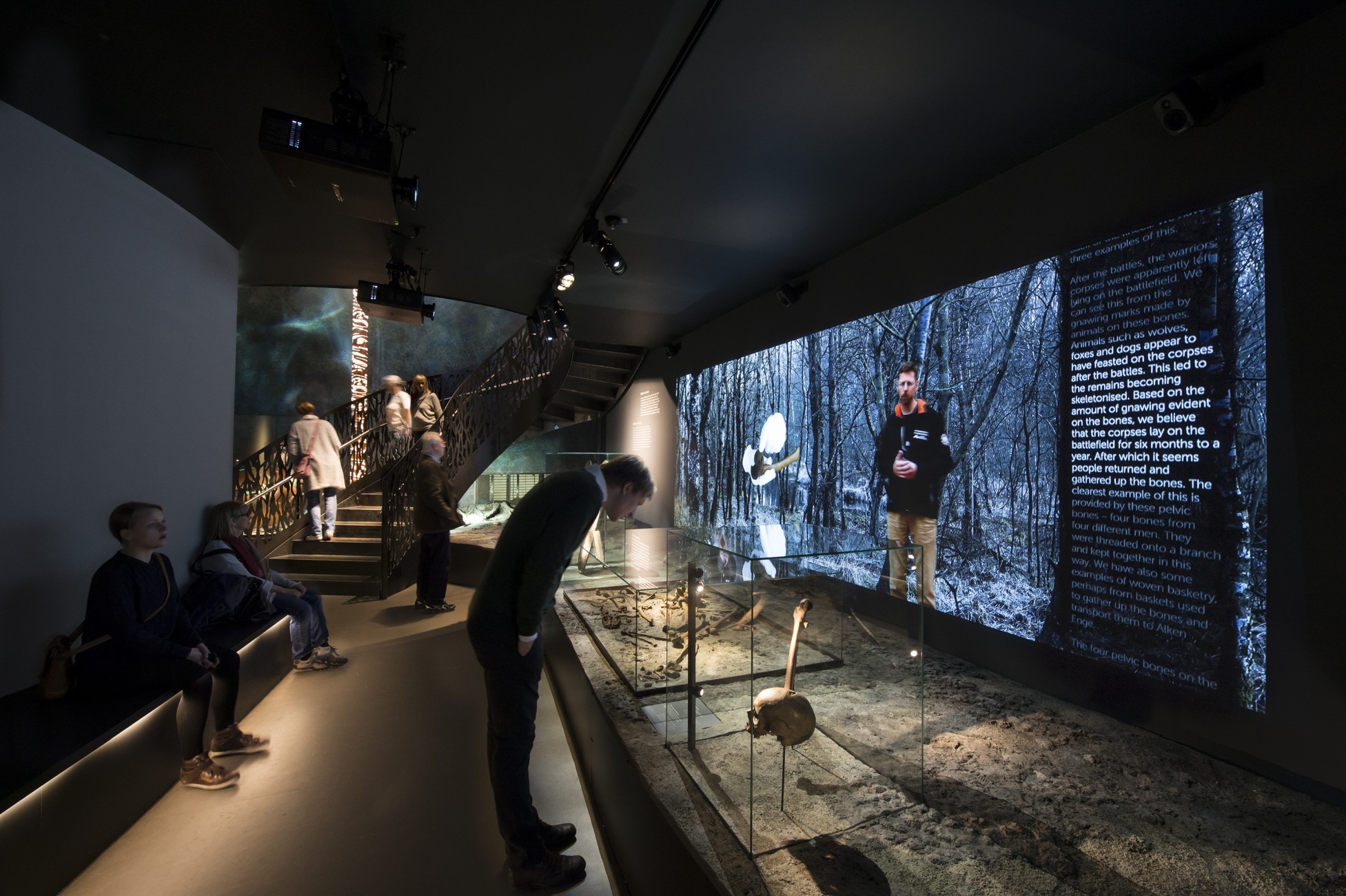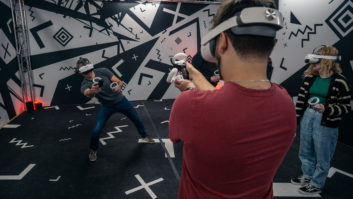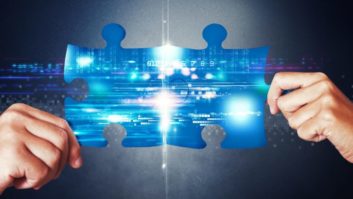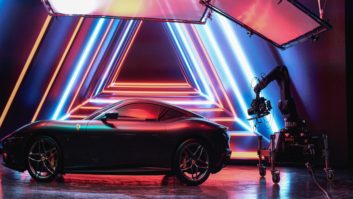
The global market for museums and visitor centres is buoyant and the demand for creative content and new technologies to entice and engage is helping. Steve Montgomery investigates.
Faced by competition from a host of traditional and new leisure and entertainment venues, museums and themed visitor attractions have been forced to develop radically in an attempt to attract more visitors in an increasingly difficult economic environment.
They have been extremely successful: museum attendance figures have shown recent healthy annual growth and the market has blossomed globally, particularly in the Far East: China alone has plans to build 1,000 new museums in the 10 years between 2012 and 2022 to cater for an annual museum attendance that is expected to top 1 billion by 2020. Attendance in Asia rocketed by around 28% in 2013, stimulated by extensive renovation programmes, a fact that was noticed by Scott Harkless, director of sales at Alcorn McBride: “It seems like museums and visitor attractions are still pressing forward everywhere. We’ve especially noticed a surge in new projects popping up lately in Europe and Asia.”
Exhibits are becoming larger and more complex: the Hong Kong Science Museum hosted ‘Legends of the Dinosaurs’, which accounted for over 2,500sqm of display space and attracted over 750,000 visitors in just five months. For this exhibition, the museum developed a number of multimedia programmes, robotic exhibits, computer animations and interactive exhibits including object recognition, real-time 3D rendering and augmented reality as well as an award-winning Jurassic World mobile app.
Temporary themed exhibits are becoming a regular feature and new exhibits aid in this process. The acquisition of the space shuttle Endeavour by the California Science Center boosted attendance by 31%, and the Reina Sofia Museum in Madrid welcomed a 23.8% attendance increase to the Salvador Dalí exhibition. While these types of exhibition generate income from paying visitors, many museums are free to enter and this has caused funding issues. “We’ve noted considerable challenges at museums that have transitioned from paid admission to free,” says Linda Cheu, vice president of AECOM Economics. “Admissions fees represent a huge part of earned revenue. Free admission will bring more traffic but not necessarily higher revenues. There’s no way to make it up through retail, and the museum has to have other forms of support in place.”
Sponsorship is one aspect of this revenue generation, although this tends to be concentrated on new museum builds and temporary exhibitions. “Most museums seem to struggle to source funding for upgrades. Much of the money available seems to be for new projects, so we find upgrades occur only when there are few other choices,” points out Ross Magri, managing director at Sarner. “However, we have recently seen a sudden surge in business, across a broad spectrum of leisure and entertainment venues from museums to theme parks.”
Harkless agrees: “There’s a steady stream of museum and themed entertainment projects in the pipeline. Sponsors have really stepped up their commitments to update and build new attractions.”
Touring exhibitions are becoming more significant within the sector, in many cases combining historical exhibitions with themed entertainment. They may be instigated and developed by museums or sponsoring organisations. “The touring exhibition sector has really taken off over the past 10 years,” says Lars Sandlund, chief operating officer for Dataton. “We have customers on both sides of the equation: production companies who create exhibitions, and the museums which host them. It’s a great way of evolving a collection or popularising a museum, attracting both new and local visitor groups to the location. We’re also seeing a continued trend towards internationalisation with museums in different countries co-operating on cross-border exhibitions. Many travelling exhibitions tour worldwide.”
Eric Cantwell, sales manager for Medialon, explains that these types of exhibitions are like mini trade shows: “Touring exhibitions are often based around popular culture, like fashion and music. In other markets, such as the auto industry, manufacturers take scaled-down events to secondary and tertiary markets in under-served cities, bringing the event to people who would not attend a major national exhibition for that sector.”
www.aecom.com
www.alcorn.com
www.dataton.com
www.medialon.com
www.sarner.com







